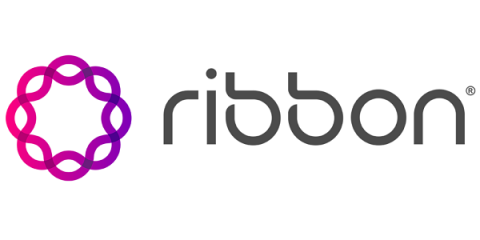Operations | Monitoring | ITSM | DevOps | Cloud
Latest Posts
Beyond the Hype: Understanding the Real Value of AI for Service Providers
AI + PSTN = Changing the UC Landscape
Practical Network Automation using Low Code Tools
The Advantages of Pluggable Transceivers for all DWDM Solutions
Succeeding with Teams Phone in 2024
Moving to Teams Phone as your primary voice system can save money and provide a great user experience, or it can “crash and burn”. In a two-part workshop, I had the opportunity to explore insights to help migrate successfully to Teams Phone with Greg Zweig of Ribbon. (Ribbon was kind enough to sponsor both workshop sessions.) This article summarizes the information we covered in the workshop.
Hyperscalers: Reshaping the Optical Transport Market - And Telcos are Getting the Picture
Hyperscalers are driving the shape of new metro optical networks – literally. AWS, Microsoft and Google have reshaped data center to data center connectivity over the years and now, as they populate their data centers with telecoms equipment, they are deploying it in higher density, with a better power utilization than telcos get. This is because they are not depth constrained so can go up to 600 millimeters deep unlike the standard telco 300mm hard limitation.
Making your Contact Center Better: Three Things to Consider
For many businesses, especially large enterprises, contact centers are a key contributor to revenue and customer satisfaction. While “omni-channel” (voice, chat, email, social) is how many if not most contact centers operate, calls are the still the most critical element of their communications.










